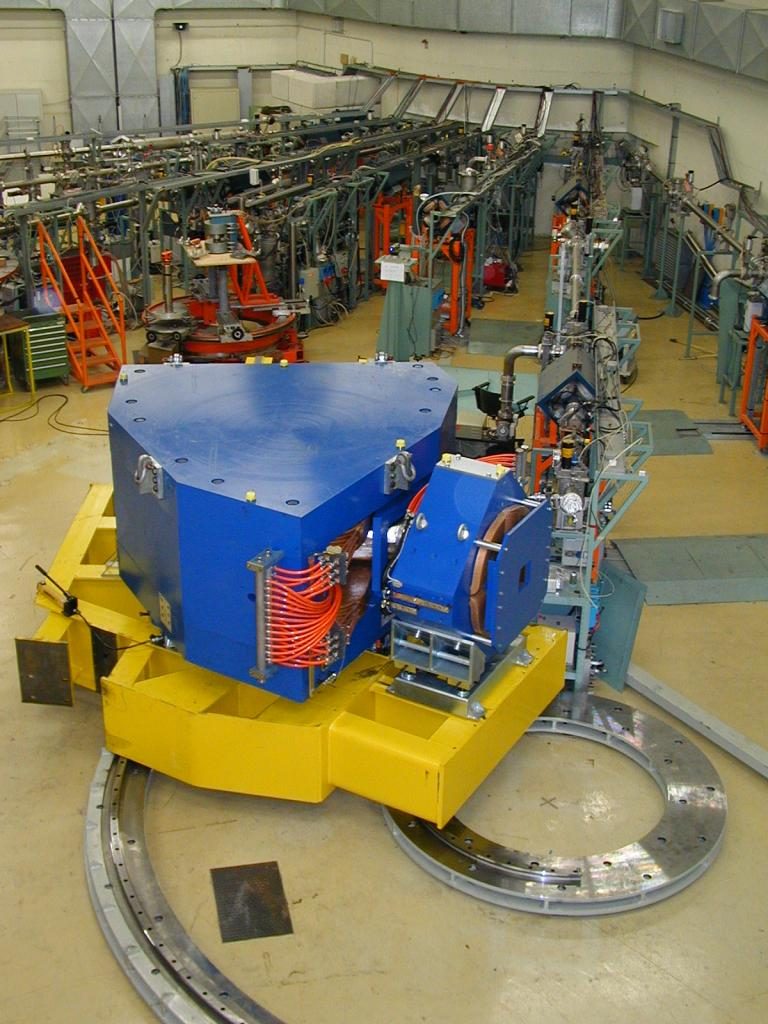The large acceptance of the PRISMA spectrometer, its high-quality mass-charge identification and itslocation on a moving arm allow very selective measurements in the field of dissipative multinucleontransfer reactions.
The PRISMA group has already given relevant contributions in the field of nuclear structure thanks tothe coupling with large gamma arrays. The group is active also in the subbarrier fusion yield withexperiments longly conducted with the electrostatic deflector in LNL.
For years the PRISMA+CLARA measured at LNL with the aim of studying nuclear structure of nucleipopulated via multinucleon transfer processes. The gammas emitted were detected by CLARA,mounted at backward angles made of a sizeable number of Clover detectors of the Euroballcollaboration. Specific nuclei were tagged using the PRISMA spectrometer.
More recently PRISMA has been working with the first part of AGATA, the most modern andperformant gamma array worldwide. This speaks in favor of the interest and the importance ofPRISMA toward joint experiments with SPES beams.
At present several upgradings are under discussion and progress within the collaboration. Thesesteps go to the direction of also exploiting PRISMA in gas-filled-mode at zero degree to convey compound nuclei on the focal plane while rejecting the beam. The exotic compound nuclei could beimplanted on a peculiar target located there and their further decay can be studied with specificarrays mounted all around there.

Picture of PRISMA installed at LNL
PRISMA people are thefore very interested in the wide field opening with SPES and its plans foresee both the upgrading of different parts of thedetector and the possible coupling with other array forneutron, charge particles and gamma spectrometry. Synergies with PARIS, NEDA and of course AGATA are active.
Legnaro contact person: dr. A.M. Stefanini
PRISMA missing link

